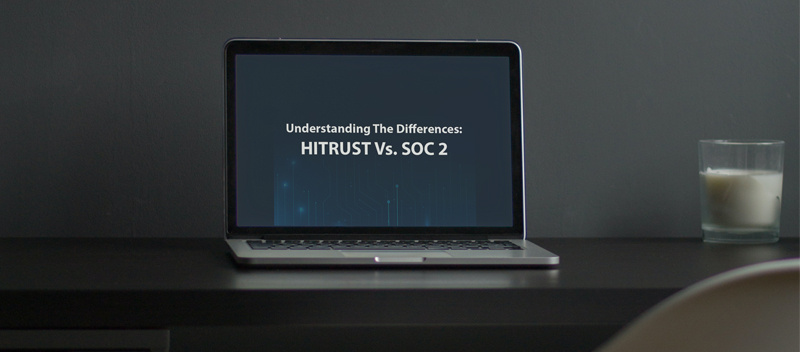Blog Vulnerability Assessment vs Penetration Testing
Vulnerability Assessment vs Penetration Testing

These days, network security involves an entire suite of monitoring, assessment, interventional and reporting strategies. This comprehensive cyber plan is the only way for your organization to find and plug vulnerabilities, assess risk and improve the overall safety of your information and the impermeability of your systems. To that end, it is important to understand penetration testing, vulnerability scanning and the differences between these vital concepts.
Penetration Testing vs Vulnerability Scanning
These interventions go about monitoring your security environment in two different ways. A vulnerability scan is an automated assessment tool that thoroughly explores your computers, systems and networks to find any known weaknesses that a bad actor might exploit.
A good vulnerability scanning program can detect as many as 50,000 separate vulnerabilities, including missing patches and outdated services and certificates and will enable your company to comply with required audit mandates such as PCI-DSS. You should run one of these scans whenever you buy a new piece of equipment before it is used and repeat the process at least four times per year.
A vulnerability scan can also send an alert to your cyber safety team if it detects a change to the security environment. These assessments furnish your IT task force with a “fly-over” look at possible weaknesses or glitches. Automatic and customizable, vulnerability scans are quite affordable, only costing your business about $100 per IP annually. Since these scans only report on problems without actually fixing them, you can think of them as a more passive detection approach.
Even so, you will still be provided with a report after the vulnerability scan has been completed. This document will include a list of the vulnerabilities that were detected and resources to consult for more in-depth information.
During a penetration test, a security analyst or team will simulate the activities of hackers, using unethical techniques such as buffer overflow, SQL injection and password cracking to exploit any existing weaknesses such as insecure processes and ineffectual security settings. PCI-DSS compliance requires penetration testing.
Depending on the size of your web application and the scope of the IPs to be tested, costs can range anywhere from $5,000 to over $70,000. In general, a penetration test should be conducted at least once a year or more often if new equipment is installed. The reports that are generated are very detailed, containing in-depth descriptions of all vulnerabilities, the types of attacks used to breach them, methods for testing and a list of suggestions for minimizing or remediating the issues found.
What exactly is a vulnerability scan vs penetration test? In other words, what is the main difference between vulnerability scanning and penetration testing? It all boils down to automation vs human expertise. Whereas a vulnerability scan is usually performed via automation under the supervision of an in-house staff member with a relatively low skill level, all penetration tests are conducted by highly skilled cybersecurity assessment professionals. These people are well-versed in the following:
- Malicious attack strategies;
- Methods of internal and outside testing;
- Web application programming skills and languages;
- Web APIs;
- Network technologies such as firewalls;
- Network protocols such as SSL;
- Operating systems such as Windows and iOS;
- Testing tools;
- Scripting languages.
Due to the fact that penetration tests are live and are done manually, their results are more reliable. On the other hand, they can take longer and are often more costly.
The question of a penetration test vs vulnerability scan or, alternatively, vulnerability testing vs penetration testing, is not so much an either-or as it is a both-and proposition. As it turns out, vulnerability assessment vs penetration testing can actually involve using both methodologies to provide as many security resources and assessments as possible.
Today’s organizations need to constantly fight to keep their systems secure from potential attacks from all sides, both from without and from within. Therefore, a combination of a top-tier vulnerability scanning system combined with penetration testing administered by an objective, third-party professional will provide your organization with a multi-pronged defense against all manners of threats.
Safeguard your business’ reputation with TrustNet’s comprehensive
cybersecurity services. Contact us today.
Building Trust and Confidence with TrustNet.
TrustNet has performed hundreds of Assessments and has tremendous experience successfully guiding businesses through the process.




